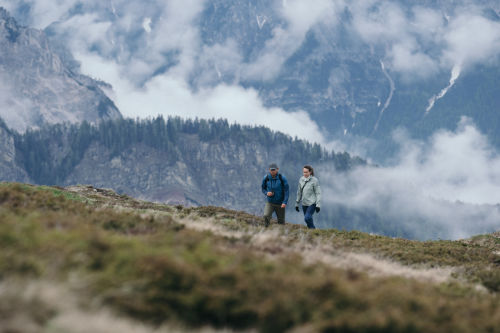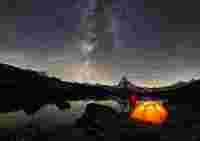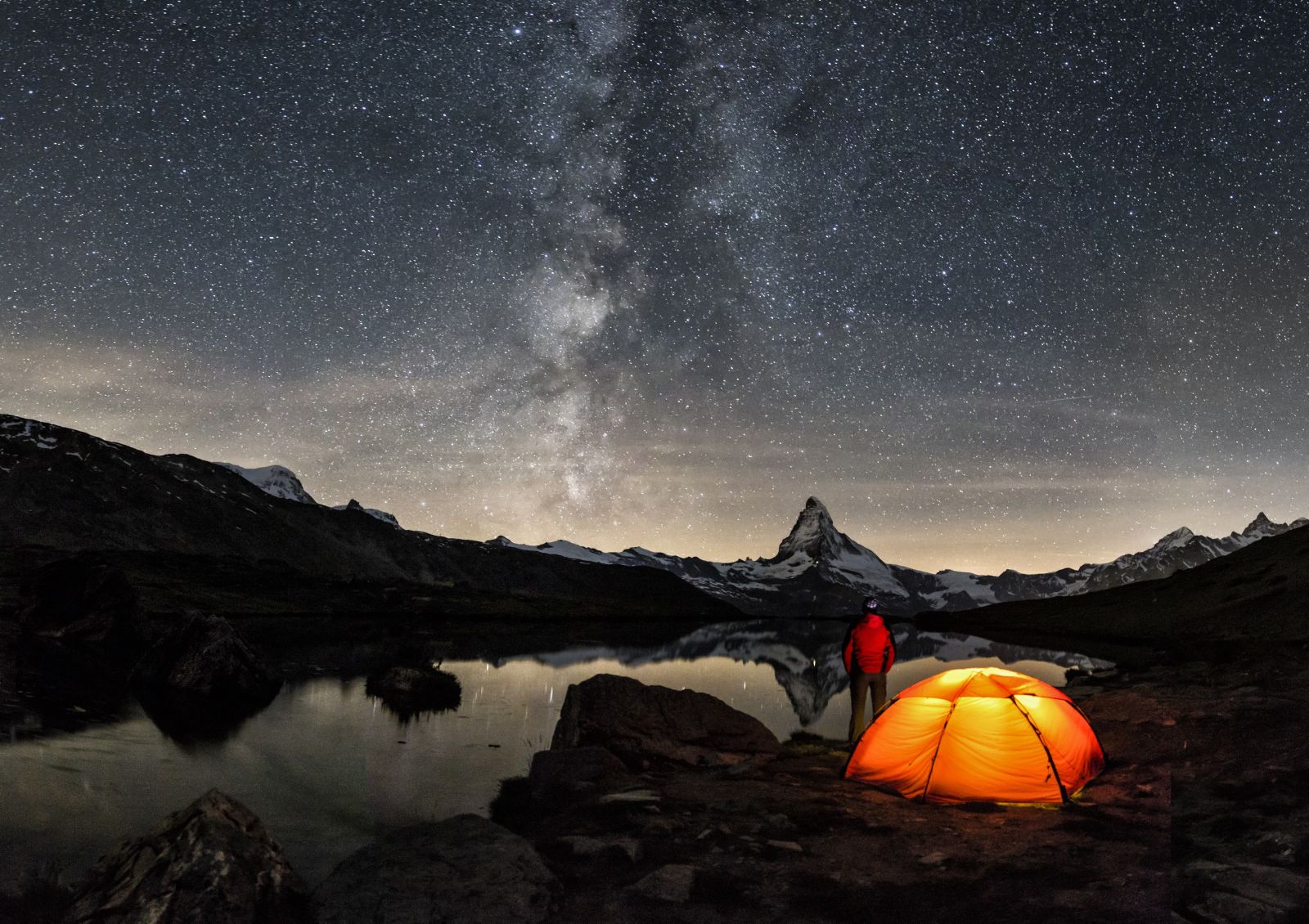It began in the ancient Greece
The first treatises on the phenomenon of light date back to Ancient Greece, and great philosophers such as Aristotle and Plato made detailed studies. Euclid’s Optics, the first work to deal with the mathematical principles of optics, was written around 300 BC and provided the foundation for all later works on the subject. At that time, optics was mainly understood as the science of vision. Many ancient theorists postulated that the eye sends out a kind of visual ray that strikes objects and makes them visible.
The findings of the Greeks were subsequently built on by Arab scholars. With his Book of Optics, Ibn al-Haytham, also known as Alhazen, produced a treatise that was to remain the standard work on the subject for many hundreds of years. His conclusion was that vision involves rays of light entering the eye. The Renaissance marked the beginning of concerted efforts to observe and record nature. The findings of that time revolutionized the world in many areas – including the field of optics.

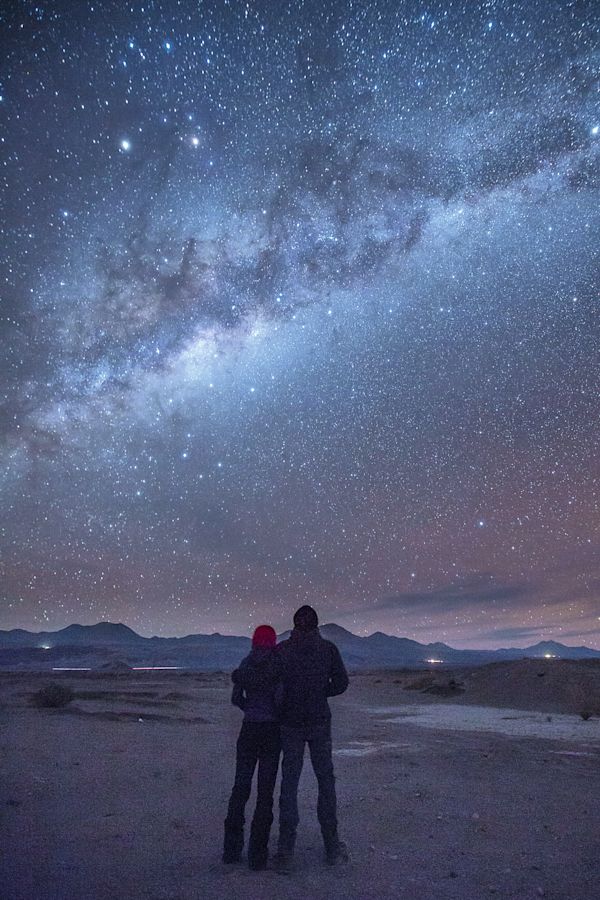
Major milestones in optics were set by polymaths like Leonardo da Vinci (who invented a machine for grinding concave mirrors and lenses), Francesco Maurolico (the first person to identify the workings of the eye’s lens), and Giovanni Battista della Porta (who discovered that age-related long-sightedness and myopia can be corrected with lenses).
The first telescopes
The telescope was an optical invention that literally expanded our horizons and significantly changed our view of the stars. The first experiments were carried out in Holland around 1600, when it was attempted to mount two lenses behind each other. It’s amazing that it took so long to come up with this simple idea. Galileo Galilei heard about it and began grinding suitable lenses in his glass-blowing workshops in Venice.

Galileo Galilei's telescope.
The arrangement of lenses
Engraving depicting the arrangement of lenses in Galileo Galilei's telescope. This had two double convex lenses. Galileo Galilei (1564-1642) an Italian polymath, physicist, philosopher, mathematician, and astronomer. Dated 19th Century. (Photo by: Universal History Archive / Universal Images Group via Getty Images)
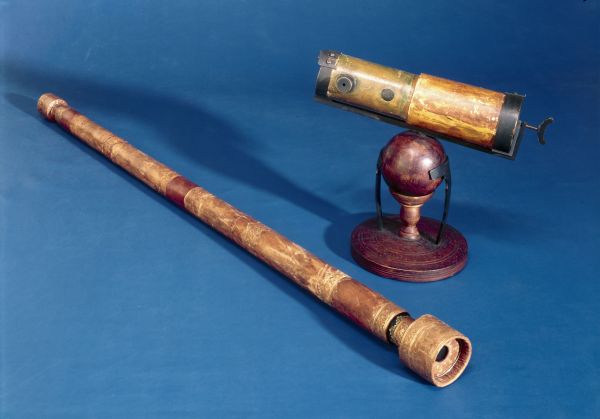
17th century
Telescopes of Galileo and Newton
These replicas, made in 1923 and 1924, are of telescopes invented by Galileo in 1609 and Sir Isaac Newton in 1668. Galileos telescope (right) uses lenses to magnify about 21 times but gives very restricted views so that he was able to see only about a third of the Moon at once. Newtons telescope (left) uses a concave mirror to gather light instead of a simple lens which produces false colour due to the dispersion of light. To use the telescope, the viewer looks through an eyepiece on the side of the tube. The light path is reflected off both the primary mirror and a flat secondary one near the top of the entrance to the tube. (Photo by SSPL/Getty Images)
The age of modern Astronomy was born
In 1609 Galileo Galilei built his own telescope with 20x magnification, and immediately realized how useful it was for spotting enemy ships on the horizon. In December of the same year Galileo turned his telescope to the heavens for the very first time. The age of modern astronomy was born, and 300 years later it still held the same fascination for Wilhelm Swarovski.
